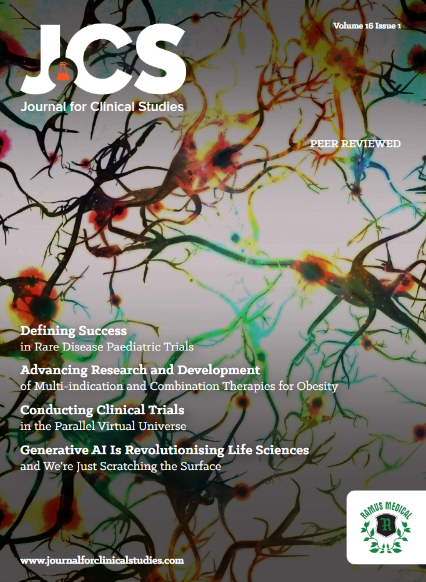- Cytokinetics said Sunday its experimental drug failed a Phase 2 study of patients with amyotrophic lateral sclerosis, the neurodegenerative disease known as ALS. But, the company also attempted to find a silver lining in the results.
- A trial of the drug reldsemtivfailed to reach statistical significance on the primary and secondary endpoints. And the drug also raised safety questions, particularly in dosage-related increases in the protein cystatin C and liver enzyme.
- However, a post-hoc analysis showed reldesemtiv testing arms declined less than placebo with what researchers called “clinically meaningful magnitudes” when pooled together, with a 27% relative reduction in decline of slow vital capacity, a respiratory function measure. On their own, none of the three dose levels beat placebo with statistical significance. Cytokinetics’ stock boomeranged Monday morning, opening down 7% before climbing into the green, up as much as 9% by noon.
Targeting the hard-to-treat neurodegenerative disease, Cytokinetics is hoping to find a way forward in a market with few therapeutic options.
Reldsemtiv is being co-developed by the California-based biotech and Astellas Pharma, both of which are also clinically testing the drug in spinal muscular atrophy.
The Phase 2 study, dubbed FORTITUDE-ALS, enrolled 458 ALS patients randomized to receive either placebo or 150 mg, 300 mg or 450 mg of reldsemtiv twice daily for 12 weeks.
The results appear to be a straightforward failure at surface level. The reldsemtiv arms fell short on statistical significance in the key measurements. But Cytokinetics found reasons to carry on with the drug through anafter-the-fact analysis.
By pooling the three reldsemtiv arms, the study’s researchers found a 27% relative reduction in the patients’ decline of a key respiratory function measure. This still didn’t reach statistical significance, but the researchers argued it is a clinically meaningful outcome.
“If verified, [the 27% reduction] would be thought of as a clearly clinically significant change in ALS progression,” said Jeremy Shefner, the study’s lead investigator and neurology professor at the University of Arizona, Phoenix.
Additionally, patients on placebo had a slower-than-anticipated decline through 12 weeks, showing an average drop of 6.5 percentage points. Cytokinetics was expecting that figure to be 8 percentage points based on previous studies.
Angela Genge, a member of the trial’s steering committee, said Monday this difference could be explained by the wide range of patients accepted for the study, which allowed slower progressing patients to enroll.
Even considering that pooled result, the ALS program is “challenged,” Cantor Fitzgerald analyst Charles Duncan wrote in aMay 5 research note.
“Absent external support and perhaps an enrichment design focused on event rates and longer duration dosing, we believe it may be prudent to redeploy resources and invest in other programs,” Duncan added.
One concern the analyst highlighted was the safety results. The frequency of boosts to cystatin C tracked with the dose strength. While 2% of the placebo arm recorded such an increase, that figure grew to 7% for the 150 mg arm, 8% of the 300 mg arm and 17% of the 450 mg group.
The range of Food and Drug Administration-approved therapeutic options are limited for ALS patients. Riluzole was approved in the 1990s as a treatment option and has now gone generic, and Radicava (edaravone) from Mitsubishi Tanabe Pharma America was approved in 2017.
More ALS data is set to emerge this week from the American Academy of Neurology’s annual meeting in Philadelphia. Biogen and Ionis Pharmaceuticals will present data from a Phase 1/2 study on tofersen as a potential treatment for ALS caused by SOD1 mutations.















